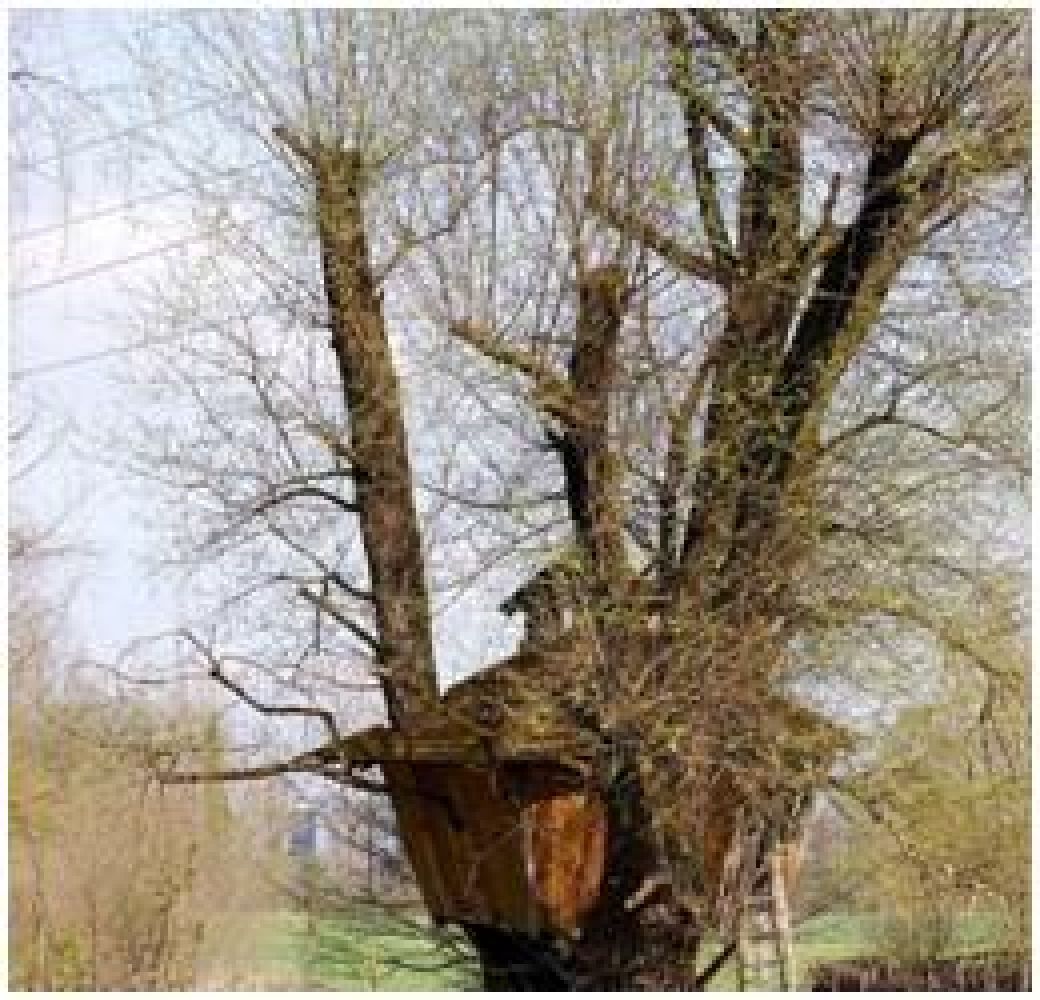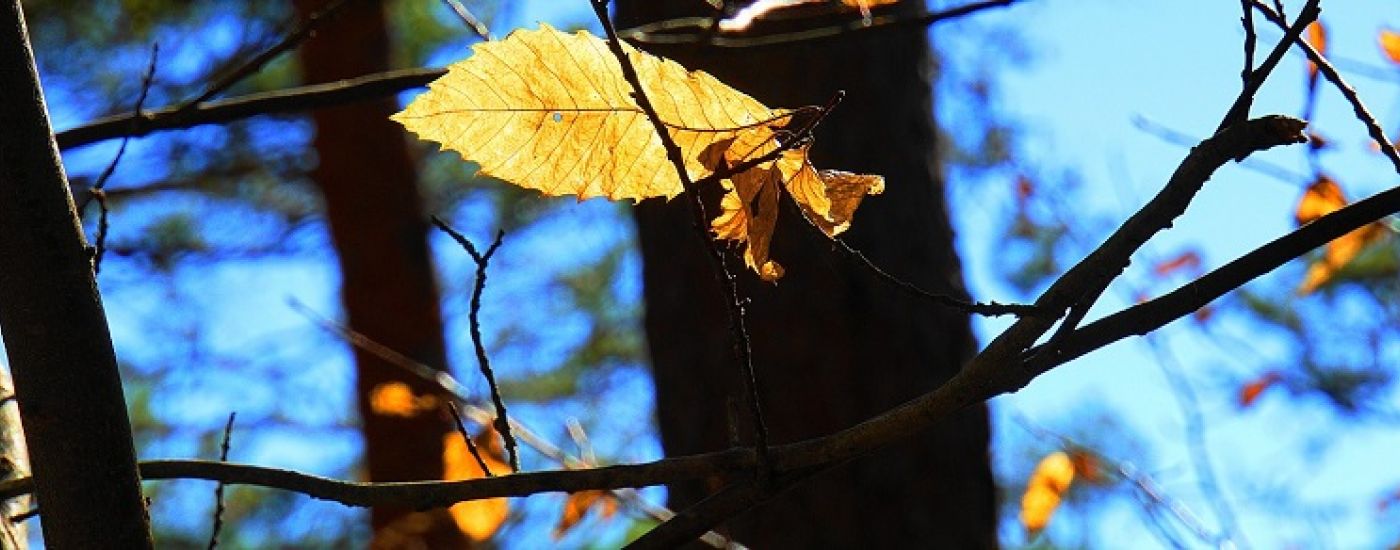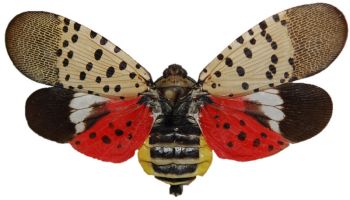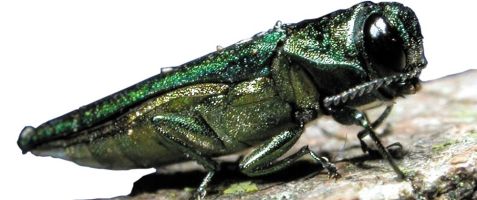Certified Arborist in Wilmington – What is Tree Topping and Why is Tree Topping a Poor Practice?
Ask any arborist or tree care specialist in Wilmington or anywhere else, and they will tell you that tree topping is a bad practice.
Tree topping, a pruning method that cuts off the top branches, is sometimes practiced by tree maintenance services or homeowners. Still, experienced arborists know tree topping is one of the worst possible ways of pruning a tree. Those who perform tree topping may think the practice is a quick and easy method of dealing with trees that have grown too large, but the procedure causes much damage.
What is Tree Topping?
As stated earlier, tree topping is a particular pruning practice that cuts the top off the trunk and upper main branches. People will set an arbitrary maximum measurement for the tree’s height during tree topping to make the tree shorter. Then the trunk and all branches above that height are chopped off in a roughly straight horizontal plane. Often, little to no regard is given to the function of the branches people are cutting or how these cuts will affect the tree’s growth afterward.
Why Is Tree Topping Is a Bad Practice?
Tree topping is a bad practice because it has numerous downsides that negatively affect the long-term health of the tree, along with the property and people around it.
Tree Topping is Bad for Tree Health
One of the main reasons tree topping is a poor tree care method is the many negative impacts on the tree’s health. For example, topping removes part of the tree’s canopy, significantly reducing its ability to collect sunlight and create nutrients. Or, the sunlight the tree does collect will be more likely to damage the bark via sunscald. Tree topping also causes significant stress, creating wounds that make trees far more susceptible to disease and insect infestation.
Tree Topping Makes Trees Unsightly
In addition to the reduced health, a topped tree will begin sprouting new foliage from all the stumps that remain. Rather than a single neat canopy, these multiple shoots, known as “water sprouts,” will form an unattractive new shape.
While many homeowners like their trees because of the increased property values they bring, an unsightly topped tree may decrease property values. In addition, the potential damage tree topping brings can also reduce your property value, along with other issues.

Tree Topping Can Be Dangerous
Another reason that tree topping is a bad practice is the danger factor. Between the direct damage from the pruning cuts and the high chance of disease, the tree will now be far more likely to have new branches prone to breaking and falling off. As a result, the tree becomes more hazardous than before, potentially opening the owner up to storm damage and other danger due to brittle branches.
What are the Alternatives to Tree Topping?
Although the best scenario is that homeowners plant trees with a maximum growth height of less than the space available (due to power lines or other obstacles), plans can go awry, and mistakes can be made. If a tree must be kept smaller than its intended height, careful pruning when young will allow for healthy growth with proper shape. If a tree must be cut to make way for power lines or other trees, a skilled, certified arborist can assess and handle the job properly in a way that will allow continued healthy growth.
Can Topped Trees Recover?
If you have a tree that has been topped, consult an arborist. With proper nurturing and pruning over several years, a tree can recover and be reshaped to an extent.
Trust Your Tree Pruning to a Certified Arborist in Wilmington
In short, tree topping is a bad practice, an unhealthy form of tree maintenance. For sustainable and healthy options in tree pruning, contact Stein Tree Service today. Our team of arborists will do what is best for you and your trees.



